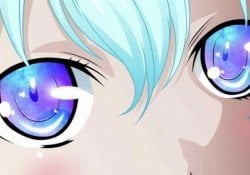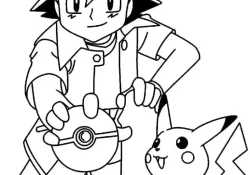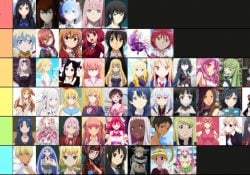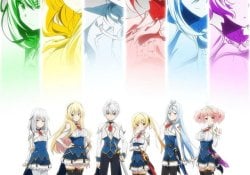Do we sometimes see people commenting on anime, genres, terms, and get lost? This Glossary divided into categories is intended to explain in detail the genres, and things that otaku say that you don't understand.
Índice de Conteúdo
General
Mangá: is the word used to designate the comics made in the Japanese style. In Japan, the term designates any comic book.
Anime: is any animation produced in Japan. In Japan this word refers to any type of animation.
Light novel: They are Books of Novels published, with some illustrated pages and with different original stories.
Visual Novel: They are text games, accompanied by scenes, they are usually novels. Relationship games.
ErogeHentai games, erotic, often visual novels.
Dōjinshi: is a Japanese term for independent publications, usually magazines, manga, or novels.
Otaku: is a term used in Japan to designate a fan for a certain subject. In the West, the word is used as a slang term to label fans of anime and manga in general, in a clear change of meaning in relation to the language of origin of the term.
Otome: serves to generalize the term Otaku for women, thus forming a feminine word. however this is used only in the west. Otome means Girl, Pure, Princess.
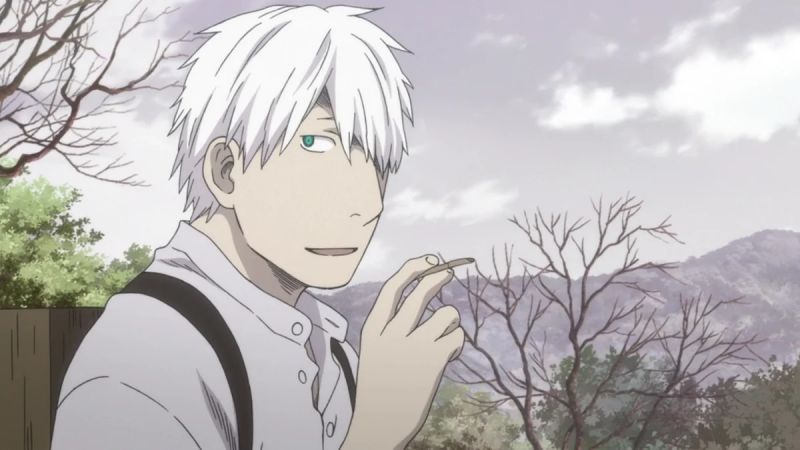
about sleeves
Mangaka: It's the Japanese word for a comic book artist. Outside of Japan, mangaka refers to the author of the manga, who is usually Japanese.
Tankohon: Tankohon or tankobon is a Japanese term used by the manga industry to identify chapter brochures that may be part of a series. Let's say that every month a chapter is released, and when a number of chapters are completed, they join these chapters into a complete manga, called tankohon.
Half tank: It's half of a tankohon. Let's say a tankohon has 10 chapters, a half-tanko is 5 chapters.
Speed bump: It's the side of a manga.
Oneshot: It is a term used for mangas that contain only one chapter not being part of a series, be it short and posted all at once or long and posted in parts.
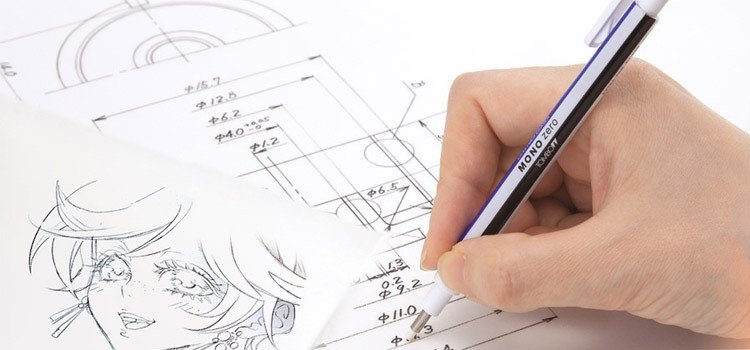
about anime
bow: It's an anime saga.
Season: Do I really need to say what it means?
Filler: is used to name episodes (even entire arcs) that do not exist in the original manga, novel, or game series. They are usually produced to prevent the TV series from reaching current publications of the series – which is slow, avoiding downtime. This allows the franchise to still be commercially exploited, maintaining its popularity – even if it's not always positive.
OVA: is an animation format consisting of one or more anime episodes released directly to the video market (DVD and Blu-ray), without prior airing on television or in theaters in Japan. OVAs serve as add-ons or parallels to the original story, typically run the same or slightly longer than the standard length of an anime episode (25 minutes), but never reach the length of a feature film.
OAD: It's an extra episode just like an OVA. however it usually comes with a special edition of the manga.
Seiyuu: They are the original voice actors of an anime.
Live Action: It's the movies, usually American or Japanese, made by real actors, flesh and bone and often based on anime.
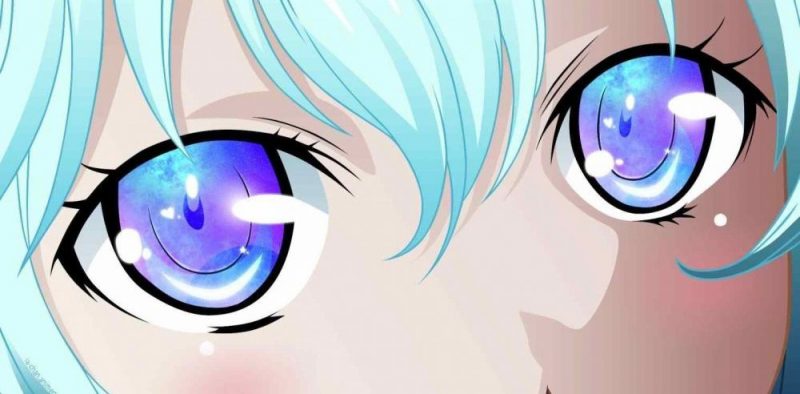
The article is still halfway through, but we recommend also reading:
anime genres
Kodomo: Children's anime genre. Ex: Pokemon, Beyblade, Dinosaur King.
Shoujo: Romantic anime genre, dedicated to girls. Ex: Kaichou wa maid-sama, Kimi ni todoke, Toradora.
Shounen: Anime genre, usually fighting, dedicated to boys. Ex: One Piece, Bleach, Naruto.
Josei: An anime genre dedicated to women over 20 years old, and may contain violence or sex. Ex: Gokusen, Nodame Cantabile.
Seinen: An anime genre dedicated to men over 20 years old, and may contain violence or sex. Ex: Death note, Gantz.
wick: An anime genre in which one of the main characters are robots or stay inside the robot and fight, or control it with a remote control, or something like that. Ex: Evangelion, Full Metal Panic!
Mahou Shoujo: An anime genre with the same sense as shoujo, but with a kind of young female character with magical powers. Ex: Sailor Moon , Cardcaptor Sakura, Powerpuff Girls Generation Z.
.hack//Sign: An anime genre that features a male or female character, who lives surrounded by various characters of the opposite sex. Ex: Sora No Otoshimono, Love Hina, Rosario + Vampire.
Shounen-ai: It's almost yaoi, but it tells other stories, and it's much lighter.
Shoujo-ai: It's almost yuri, but it tells a lot of other stories, and it's much lighter.
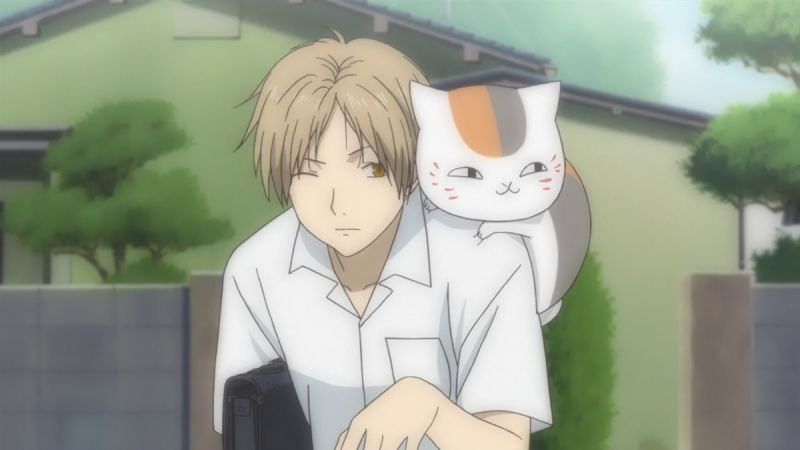
Terms
Kawaii: It is a Japanese adjective that means cute, fluffy, pretty, cute among others and is widely used in anime and manga and by fans of these genres.
Bishoujo: It is a Japanese term used to refer to young and beautiful girls, usually under college age.
Chibi: It is a Japanese term used in the context of anime or manga to describe a very stylized character design trait, with heads the same size as the bodies, usually for a comedic or more sentimental effect. A striking feature of chibi is that the nose is almost always not drawn, the mouth line is not always finalized and the lines in general are very simplified.
Light Novel: They are novels with illustrations in the anime/manga style, usually aimed at teenagers and young adults. are also called ranob or rainobe.
Moe: It is a term used by otakus to designate something cute or adorable.
Omake: It is a term for the extra chapters or comic strips in the manga, and are the extras on DVDs and games that are included with a product purchase. In the West, it only refers to the extras that are included with the purchase of anime or manga. Sometimes it's an extra chapter in an anime.
Tsundere: It is a Japanese term for a personality that is initially aggressive, and then changes to a more amiable one. Tsundere is a combination of two words, tsuntsun and Nabiki (Ranma 1/2);. Tsuntsun is the onomatopoeia for “cold, brusque”, and Nabiki (Ranma 1/2); It means “to become kind/loving”.
Yandere: It is a Japanese term for a personality that is initially friendly and later turns violent.
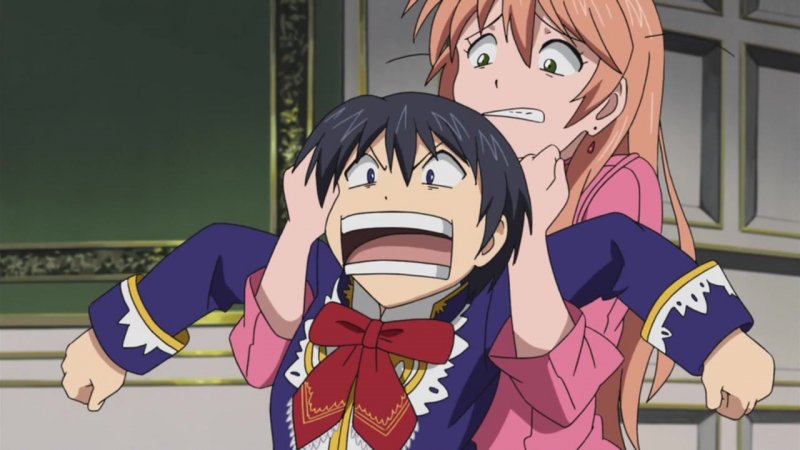
Honors and Treatments
In Japanese we use many honorary titles of treatment. Here are some honorifics that Otakus know when watching anime and reading manga:
-san: ''sir'', ''miss'', ''madam''. Respectful treatment, when you are not intimate with the person.
-senpai: From Japanese ''veteran''. When used with a name, it indicates acceptance of a hierarchy.
-sama: ''your lordship'', extreme respectful treatment, used to evidence a hierarchical difference.
-kun: boy-friendly, respectful treatment equivalent to "-san" Can indicate a hierarchy when the man in a command position uses it directing a subordinate woman.
Onii-tan: is a cute way to say big brother in Japanese
Onii-chan: is the affectionate way of calling older brother in Japanese
Onii-sama: is the most respectful way to call older sibling in.
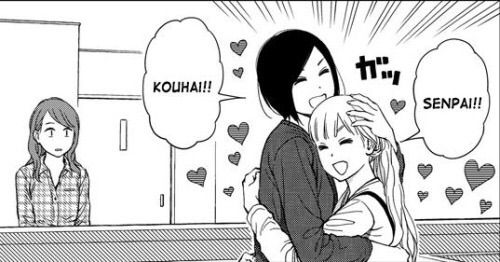
fan words
Some terms were created to designate things related to anime fans. See below:
Fudanshi: It is the name given to fans of Yaoi or Lemmon.
Cosplay: Character-to-character representation. It's when an otaku dresses up in clothes similar to anime or vocaloid characters.
Fujoshi: It is the name given to fans of Yaoi or Lemmon. The word literally means Spoiled Girl.
Scanlation: It is the scanning, translation, editing and distribution of comics from Japan into the distributor's language (in our case, Portuguese).
Music
J-POP: It's Japanese pop. Ex: Yui
J-ROCK: It's Japanese rock. It is very popular. Ex: UVERworld.
K-POP: It's Korean pop music style. Ex: 2NE1.
K-ROCK: It's the Korean rock music style.
erotic genres
Ecchi: An anime genre that presents sensuality as the main theme, but does not show sex at any time. (This is ironic because in Japanese ecchi means sex.)
Hentai: An anime genre that features explicit pornography. (More ironic still, because Hentai is a common word meaning pervert.)
Lolicon: anime genres that depict underage girls (ages 6 to 14) in sexual or nudity situations.
Yuri: An anime genre that features romantic relationships between women.
Yaoi: An anime genre that features homosexual content. It is only called Yaoi in the West. In Japan it is called BL (Boy's love).


